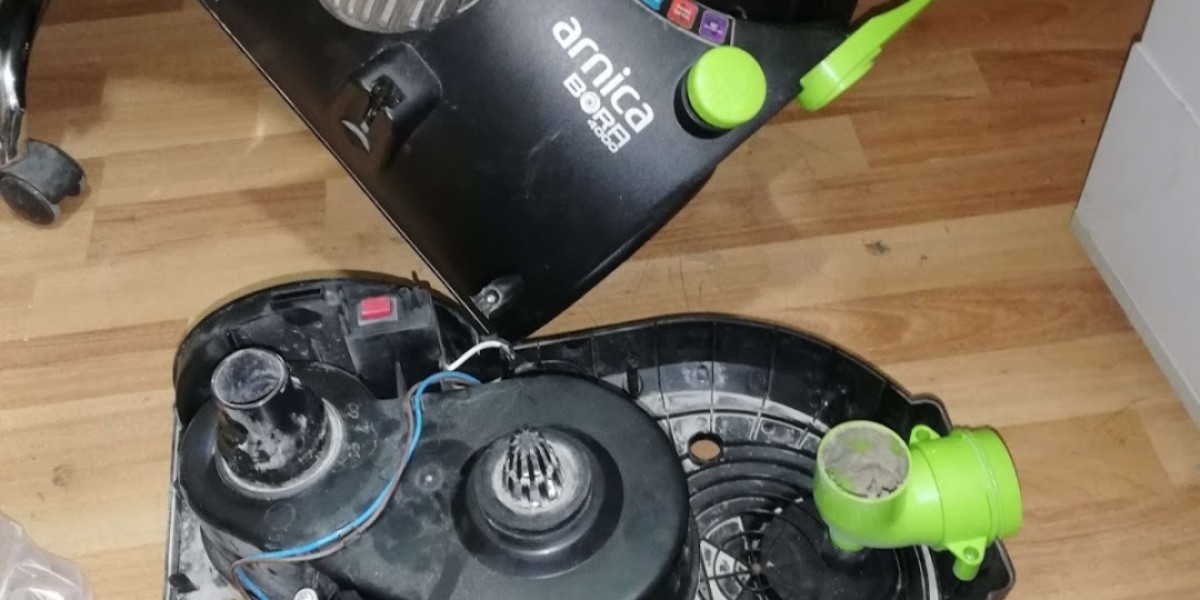Handheld metal laser welding is a cutting-edge welding technology that utilizes a high-intensity laser beam to fuse metal surfaces with extreme precision. Unlike traditional MIG or TIG welding methods, handheld laser welding offers a portable, efficient, and cleaner alternative for a wide range of metalworking applications.
This method is becoming increasingly popular in industries such as automotive, aerospace, sheet metal fabrication, HVAC, and custom metal artwork, due to its high speed, deep penetration, and minimal thermal distortion.
Key Features of Handheld Metal Laser Welders
| Feature | Benefit |
|---|---|
| Portability | Easy to move and operate, suitable for on-site and complex welds |
| High Precision | Delivers neat, narrow weld seams with minimal splatter |
| Low Heat Input | Reduces warping and discoloration, ideal for thin metals |
| Multi-material Compatibility | Works with stainless steel, aluminum, carbon steel, copper, and more |
| Fast Welding Speeds | Up to 4x faster than traditional methods, increasing production output |
| Easy to Use | Requires minimal training compared to arc welding |
| No Filler Needed (in some cases) | Cleaner welds, cost-efficient, and less post-processing |
Why Businesses Are Switching to Handheld Laser Welding
Faster Turnaround Times: Compared to TIG and MIG welding, handheld laser welders operate at much higher speeds—saving time in large-scale production runs.
Lower Labor Costs: Because the process is easier to learn, less skilled labor is required. Many units come with intuitive interfaces and automatic settings.
Better Aesthetics: The welding result is smooth and polished. No need for extensive grinding or finishing.
Minimal Maintenance: Modern laser welding systems are designed for long-term operation with fewer consumables and parts needing replacement.
Best Use Cases for Handheld Metal Laser Welding
Repairing metal molds and tools
Joining thin sheet metals in HVAC units
Aluminum body repairs in automotive shops
Customized stainless steel kitchenware
Battery pack welding in electronics
Railway or marine component assembly
If you're handling intricate welds in tight spaces or need consistent quality on high-volume jobs, this technology offers the flexibility and reliability your operation demands.
How Does It Work?
Laser Generation: A fiber laser module generates a focused beam of light.
Energy Delivery: This beam is transmitted via a fiber cable to the handheld torch.
Weld Creation: The laser melts the base materials at the joint to form a precise weld.
Shielding Gas: Typically argon or nitrogen is used to protect the weld from oxidation.
Depending on the model, some handheld laser welders can also perform cutting and cleaning functions, making them a versatile 3-in-1 tool for manufacturers and fabricators.
Technical Specifications Snapshot (Typical Range)
| Specification | Range |
|---|---|
| Laser Power | 1000W – 3000W |
| Welding Speed | 0 – 120 mm/s |
| Material Thickness | 0.5 – 8 mm (depending on material) |
| Fiber Length | 5 – 10 meters |
| Cooling System | Water cooled |
| Power Consumption | ~5kWh (depends on wattage) |
| Operation Mode | Continuous or pulsed |
Expert Tips to Maximize Welding Performance
Choose the Right Power Rating: For thin stainless steel, 1000W may be sufficient; for thicker carbon steel, 2000W or above is recommended.
Use Proper Shielding Gas: Shielding gas not only protects the weld but also improves appearance and strength.
Clean the Surface: Ensure the material is free from oil, rust, and paint for optimal penetration and bond strength.
Control Speed and Angle: Adjusting the angle and pace of the handheld gun ensures uniform and high-quality welds.
Common Questions About Handheld Metal Laser Welding
Q: Is handheld laser welding suitable for beginners?
A: Yes. Compared to arc welding, it requires significantly less training. Most machines come with user-friendly interfaces, pre-sets, and safety features.
Q: How much maintenance does the system need?
A: Minimal. Since there are fewer moving parts and no electrodes or filler rods (unless needed), maintenance mainly involves cooling checks and occasional optics cleaning.
Q: What safety precautions are required?
A: Operators must wear laser-safe goggles and gloves. The work area should have appropriate warning signage and access controls. Some machines come with interlock systems to enhance user safety.
Q: Can it weld dissimilar metals?
A: Yes. Many handheld laser welding machines can join different metals like copper to stainless steel or aluminum to titanium with the right process settings.
Q: How long does a typical handheld laser welding machine last?
A: With proper maintenance, a high-quality unit can last 8–10 years or longer, especially fiber laser models with robust internal cooling.
Industry Insights and Trends
Rising Demand in EV Manufacturing: Battery pack assembly requires fast, precise, and low-heat joining methods—laser welding fits the bill perfectly.
Customized Fabrication Boom: Metal furniture, signage, and decorative items benefit from the clean finish and portability of handheld lasers.
Labor Shortage Solutions: As skilled welders become harder to find, automated and easy-to-learn technologies like handheld lasers fill the gap.
Real-World Testimonial
“We switched from TIG welding to a 1500W handheld laser welder and cut our job time in half. Our welds are cleaner, stronger, and don’t require grinding afterward. It's been a game-changer for our small fabrication shop.”
— Fabrication Manager, Mid-sized Manufacturing Firm
Pros and Cons Summary
Pros:
High precision and clean welds
Faster than TIG/MIG welding
Versatile use across metals
Portable and ergonomic design
Lower operational costs over time
Cons:
Higher upfront investment
Requires shielding gas supply
Eye safety precautions necessary
Limited weld thickness range (for ultra-thick parts)
Additional Applications Worth Exploring
Jewelry repair and micro-welding
Metal art and sculpture
High-precision aerospace components
Construction of pressure vessels and enclosures
Whether you are a metalworking professional, industrial manufacturer, or workshop owner, adopting handheld metal laser welding can significantly streamline your workflow, improve weld consistency, and reduce overheads. With the right unit and operational setup, it becomes a core tool for next-generation fabrication needs.







